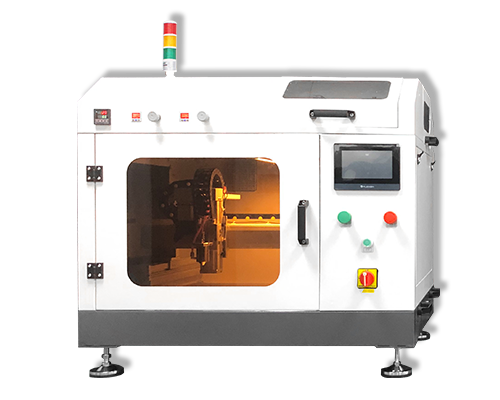Ultrasonic Coating Of SOFC
Ultrasonic Coating Of SOFC – Programmable Ultrasonic Research System – Cheersonic
Solid oxide fuel cell (SOFC) technology has achieved a very high level of technical refinement over more than 50 years of development. The cost of today’s state-of-the-art SOFC technology remains much too high to compete with entrenched power generation technologies. However, its high efficiency can bring additional environmental and economic benefits and minimise the environmental footprint. For SOFC to be more efficient, a more efficient and homogeneous coating method is required and ultrasonic coating is the best choice.
Cheersonic’s fuel cell catalyst coating systems are uniquely suited for these challenging applications by creating highly uniform, repeatable, and durable coatings. Using the company’s patented ultrasonic spray head technology, it can spray uniformly and efficiently on proton exchange membranes and gas diffusion layers. Uniform catalyst coatings are deposited onto PEM fuel cells, GDLs, electrodes, various electrolyte membranes, and solid oxide fuel cells with suspensions containing carbon black inks, PTFE binder, ceramic slurries, platinum and other precious metals. Other metal alloys, including Platinum, Nickel, Ir, and Ru-based fuel cell catalyst coatings of metal oxide suspensions can be sprayed using ultrasonics for manufacturing PEM fuel cells, polymer electrolyte membrane (PEM) electrolyzer, DMFCs (Direct Methanol Fuel Cells) and SOFCs (Solid Oxide Fuel Cells) to create maximum load and high cell efficiency.
The advantages of Cheersonic’s fuel cell catalyst coating systems include:
1.Highly controllable spray that produces reliable, consistent results.
2.Ultra-low flow rate capabilities, intermittent or continuous.
3.Ultrasonic vibrations continuously break up agglomerated particles and keep them evenly dispersed; maximizing platinum utilization.
4.Corrosion-resistant titanium and stainless steel construction
5.The self-cleaning function of the ultrasonic nozzle prevents clogging.
6.The platform takes up less space.
7.80% reduction in paint consumption
8.The particle diameter is optional which can more flexibly affect the through-hole property of the coating


